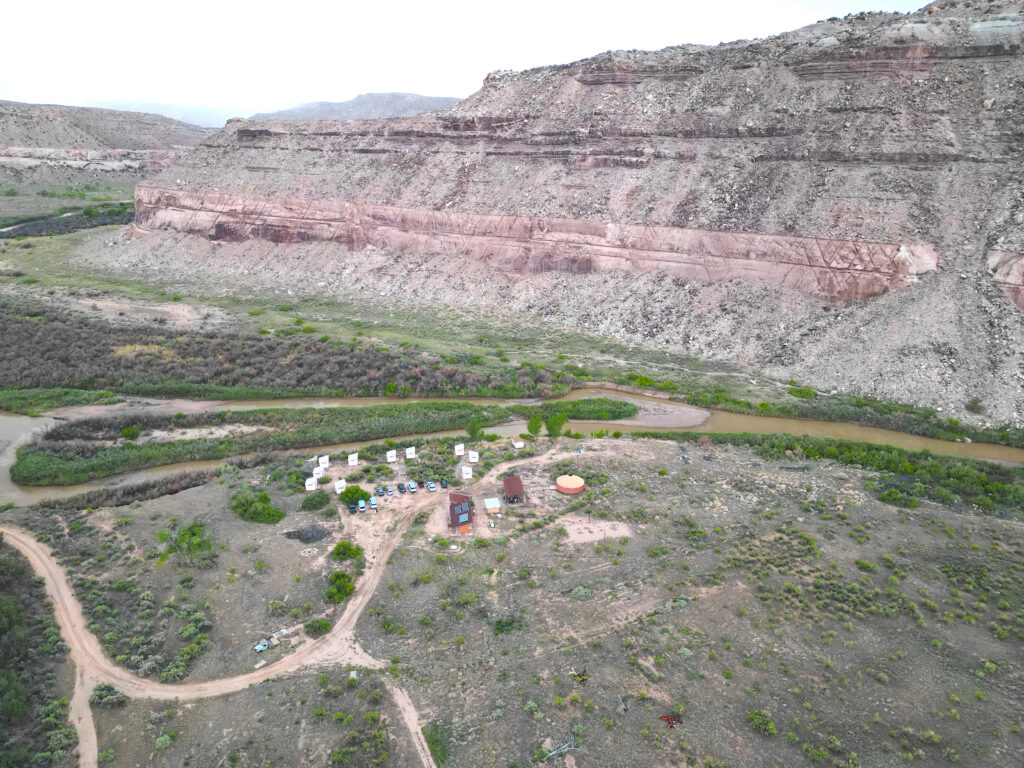scientists awarded 1U4U Seed Grants
Six College of Science faculty members are members of winning teams awarded seed grants of up to $50,000 as part of the 1U4U Seed Grant Program.
The program supports cross-campus/cross-disciplinary research teams to solve some of the greatest challenges of our local, national, and global communities. College of Science faculty among the winning teams included Jon Wang, (biology), Colleen Farmer (biology), John Lin (atmospheric sciences), Jody Reimer (biology & mathematics), Michael Werner (biology) and Qilei Zhu (chemistry).

The theme of the 2024-2025 program was “The Future of Sustainability.” Sustainability is a foundational goal that cuts across multiple intellectual topic areas (e.g., healthcare, water, energy, wildfire, critical minerals, education, food security) and can be interpreted widely.
At the University of Utah, faculty have engaged sustainability across a wide range of domains, including but not limited to environmental, social, communal, health, economic, technical, and legal.
Some of the topics of winning projects include the impact of air quality on elite athletic performance, study of suicide behaviors, and improving health by linking silos.
“It is exciting to fund so many teams working on sustainability projects,” said Dr. Jakob Jensen, associate vice president for research at the U. “The teams are considering sustainability across a wide range of topics from forest management and urban heat islands to physical therapy and mental health. These seed projects will drive significant innovation and impact communities throughout the region.”
Winning teams with College of Science faculty include the following:
Research Team: John Pearson (medicine) & Jonathan Wang (College of Science — biology)
Application Title: Heat and Healing: The Influence of Urban Heat Islands on Postoperative Outcomes
Research Team: Colleen Farmer (College of Science — biology), Ajla Asksamija (Architecture & Planning), Zach Lundeen (Bonderman Field Station), Jorg Rugemer (Architecture & Planning), Atsushi Yamamoto (Architecture & Planning)
Research Team: John Lin (College of Science — atmospheric sciences) & Tanya Halliday (Health)
Application Title: Impact of Air Quality on Elite Athletic Performance: from Salt Lake to Beyond
Research Team: Jody Reimer (College of Science — biology and mathematics), Brigham Daniels (Law), Beth Parker (Law), Michael Werner (College of Science — biology)
Application Title: Understanding Great Salt Lake microbialite ecology to inform sustainable water management policy
Research Team: Qilei Zhu (College of Science — chemistry) & Tao Gao (Engineering)
Application Title: Ion-Conductive Membrane-Enabled Sustainable Industrial Electrochemical Production
For more information about the 1U4U Seed Grants and a complete list of this year's awardees click here.















